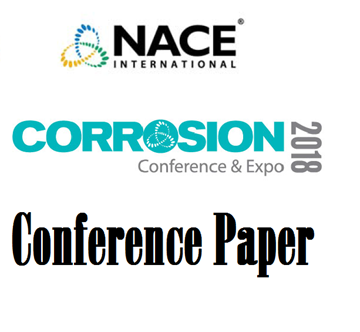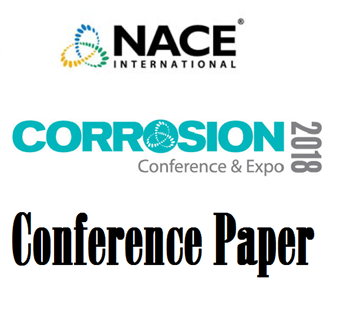Search
51318-11094-Mild steel corrosion behavior in a CO2-H2O-CHOOH environment
Also Purchased
51318-11087-Corrosion Behavior of Additively Manufactured Alloy N06210 in acidic solutions
Product Number:
51318-11087-SG
Publication Date:
2018
$20.00
51318-11071-Corrosion Behavior of Naphthenic Acids Isolated from Vacuum Gas Oil Crude Fractions
Product Number:
51318-11071-SG
Publication Date:
2018
$20.00
51318-11085-Comparison of corrosion behaviour of X65 steels in water-containing supercritical CO2 environments with NO2/O2
Product Number:
51318-11085-SG
Publication Date:
2018
$20.00




